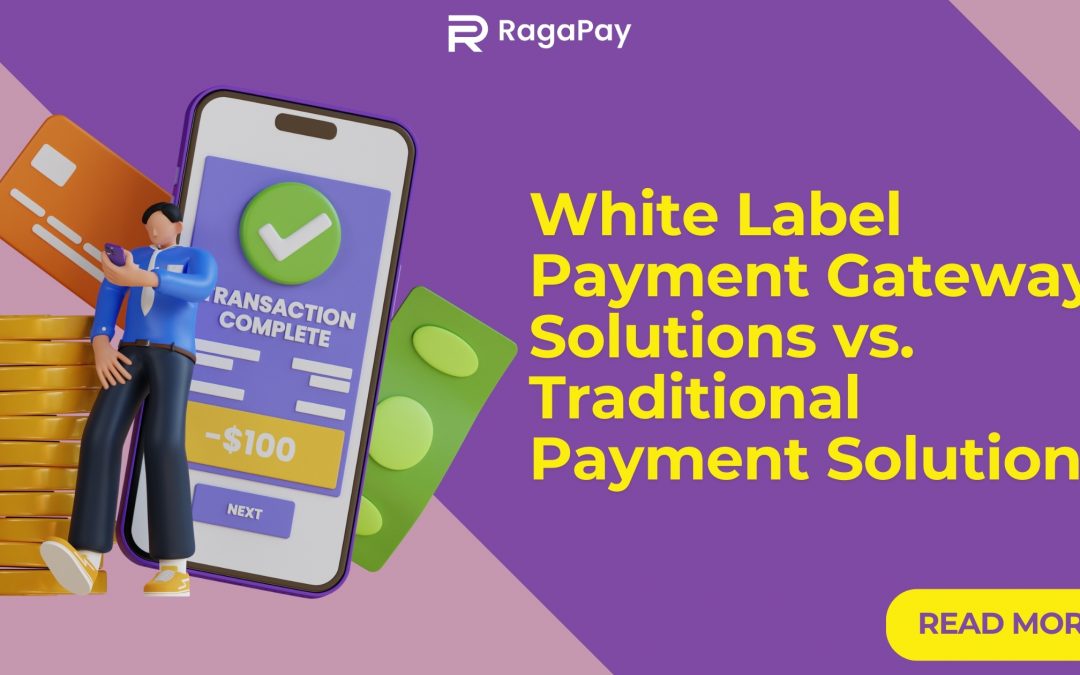Introduction:
In the dynamic landscape of digital commerce, payment solutions play a pivotal role in enabling secure and convenient transactions for businesses and consumers. Two prominent options that businesses have when it comes to implementing payment systems are White Label Payment Gateway Solutions and Traditional Payment Solutions. In this blog post, we’ll explore the differences, benefits, and considerations of these two approaches, helping you make an informed decision for your business needs.
White Label Payment Gateway Solutions:
1. Definition and Concept:
White-label payment gateway solutions involve partnering with a third-party provider that offers a ready-made payment gateway infrastructure. Businesses can customize and brand the solution to align with their brand identity, offering a seamless payment experience to their customers.
2. Benefits:
a. Time and Cost Efficiency:
White-label solutions eliminate the need for businesses to build a payment gateway from scratch. This reduces development time and costs significantly.
b. Quick Implementation:
With pre-built components, white-label solutions can be integrated faster, allowing businesses to start accepting payments sooner.
c. Customization:
While white-label solutions offer a pre-built foundation, they often allow customization to match the brand’s look and feel.
d. Ongoing Support:
Providers of white-label solutions typically offer ongoing technical support, maintenance, and updates, freeing businesses from these responsibilities.
e. Scalability:
These solutions are designed to handle growing transaction volumes, making them suitable for businesses at different stages of growth.
Traditional Payment Solutions:
1. Definition and Concept:
Traditional payment solutions involve businesses building their payment processing infrastructure from the ground up. This might include partnering with banks, acquiring licenses, and developing custom software.
2. Benefits:
a. Full Control:
Businesses have complete control over the payment processing system, allowing for highly tailored solutions that meet specific needs.
b. Data Privacy:
Traditional solutions offer a higher level of control over customer data, which can be critical for industries with strict data privacy regulations.
c. Unique Features:
Custom solutions can include unique features and functionalities that are tailored to the business’s operations and industry.
d. Long-Term Investment:
Over time, the initial investment in building a traditional solution can lead to cost savings compared to ongoing fees associated with white-label solutions.
Considerations When Choosing:
1. Cost:
White-label solutions typically have lower upfront costs and quicker implementation, while traditional solutions might have higher initial investment costs.
2. Customization:
White-label solutions offer customization to some extent, but traditional solutions provide unparalleled flexibility in design and functionality.
3. Time-to-Market:
White label solutions offer faster time-to-market due to pre-built components, whereas traditional solutions take longer to develop.
4. Maintenance:
White label solutions often come with ongoing support and updates, whereas traditional solutions require the business to manage maintenance and updates.
5. Scalability:
Both solutions can scale, but white-label solutions are designed for rapid scalability due to their infrastructure.
6. Regulations:
Some industries might require more control over data privacy and compliance, favoring traditional solutions.
Conclusion:
Choosing between white label payment gateway solutions and traditional payment solutions depends on factors like cost, customization, control, and the business’s long-term goals. White label solutions provide a quick and cost-effective route to accepting payments, while traditional solutions offer more customization and control but require higher initial investments. Assess your business’s needs, growth trajectory, and compliance requirements to make an informed decision that aligns with your objectives in the world of digital commerce.

